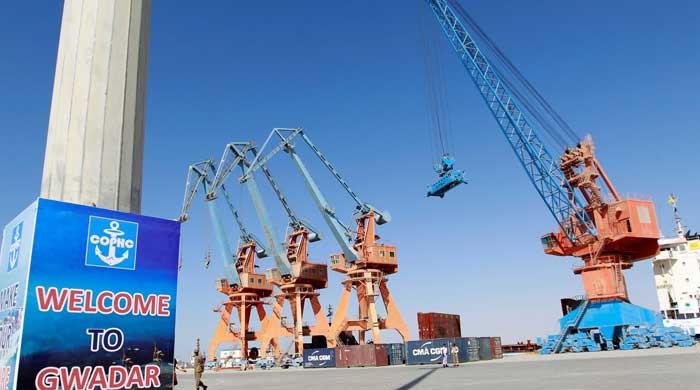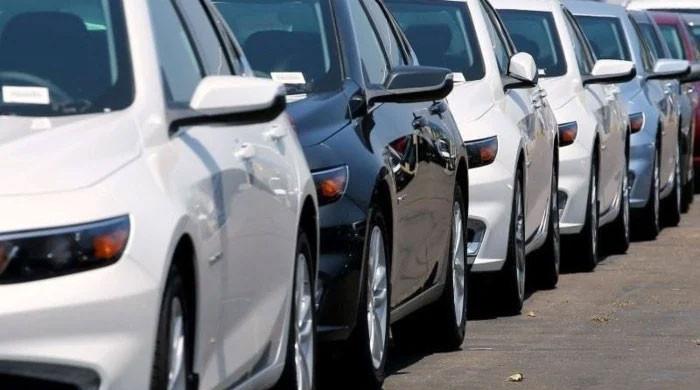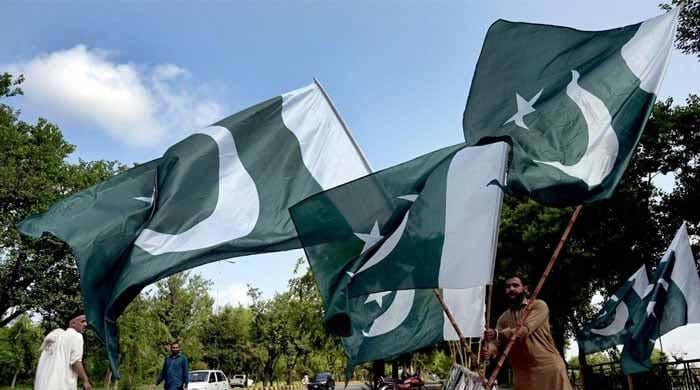Military budgets
China’s defence spending surged by 6.0% to $296 billion, despite an economic slowdown
May 11, 2025

Buckle up for a shocking revelation: According to the Stockholm International Peace Research Institute (SIPRI), in 2024, global military expenditure reached an unprecedented $2,718 billion, the steepest year-on-year rise since the end of the Cold War. Yes, this signals a chilling escalation. To be certain, nations are racing to arm themselves in an ever-tense global showdown.
Here are the top five military spenders: the US, China, Russia, Germany and India. Collectively, the top five poured $1,635 billion into defence, accounting for 60% of the global military expenditure total.
“In 2024, more than 100 countries increased their military spending,” said Xiao Liang, a researcher with Sipri’s Military Expenditure and Arms Production Programme. “As governments continue to prioritise defence, often at the cost of other critical budget sectors, the long-term economic and social consequences could be profound.”
Israel boosted its defence spending by 65%, followed by Russia at 38%, Sweden at 34%, Germany at 28% and Japan at 21%. India raised its defence budget by 1.6% to $86.1 billion, retaining its status as the world’s fifth-largest military spender.
Notably, all European countries increased their military spending in 2024, except Malta. Yes, European military expenditure exceeded levels recorded at the end of the cold war.
In 2024, Russia's military expenditure reached an estimated $149 billion. This amount represents 7.1% of Russia's GDP and 19% of its total government spending.
Ukraine's military spending rose to $64.7 billion, 34% of its GDP – the highest military burden globally. Remarkably, all of Ukraine's tax revenues were fully absorbed by its military spending.
In 2024, Nato's 31 member states collectively spent $1,325 billion on defence, accounting for 48% of global military expenditure. This total was driven by the United States, which alone contributed $916 billion, alongside sharp increases from European allies.
China’s defence spending surged by 6.0% to $296 billion, despite an economic slowdown. The Chinese leadership is clearly prioritising defence over domestic challenges — slowing economic growth and severe deflationary pressures — signalling aggressive posturing in the South China Sea.
India’s defence spending has now reached parity with Germany’s, a staggering milestone that signals an alarming pace of militarisation. From 2015 to 2024, India’s military spending skyrocketed by 42%, reflecting a sustained buildup of military capacity.
This sharp and ongoing escalation amplifies regional security concerns, particularly for Pakistan, whose $10 billion defence budget is eight times smaller (according to Sipri, Pakistan’s defence spending shrank by 5.1% in 2023-24 and 0.7% over 2015-2024).
In 2024, global military spending reached a record high $2.7 trillion, marking the tenth consecutive year of growth, reflecting a global shift toward militarisation driven by conflicts.
For the first time since 2009, military spending increased in all five of Sipri's defined geographical regions: Africa, the Americas, Asia and Oceania, Europe and the Middle East.
Red alert: The report warns of a militarised future. The concentration of defence spending among five powers, particularly India’s rise to match Germany, amplifies global and regional imbalances. These conclusions highlight a world tilting toward conflict.
The writer is a columnist based in Islamabad. He tweets/posts @saleemfarrukh and can be reached at: [email protected]
Disclaimer: The viewpoints expressed in this piece are the writer's own and don't necessarily reflect Geo.tv's editorial policy.
Originally published in The News









